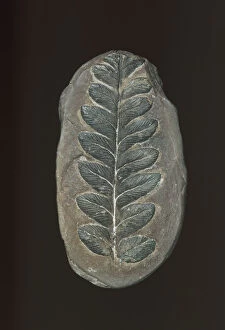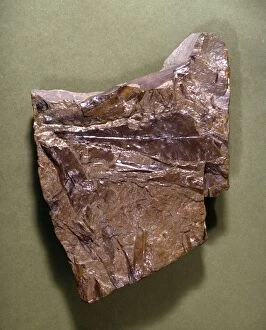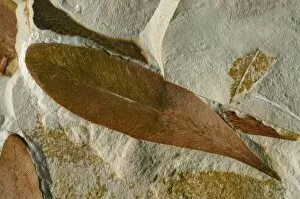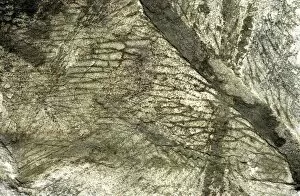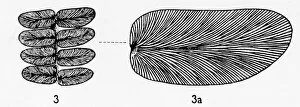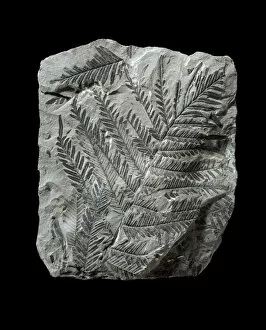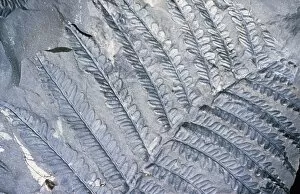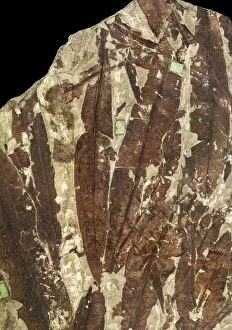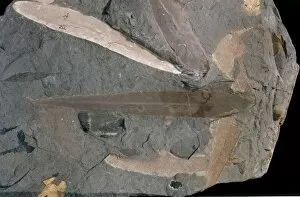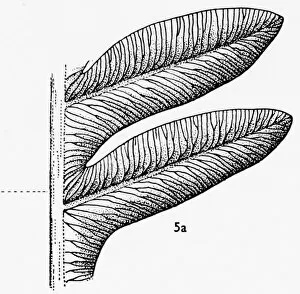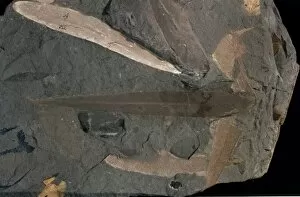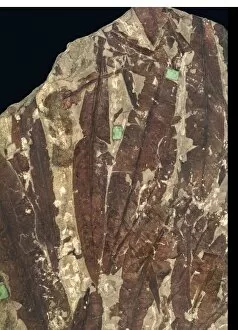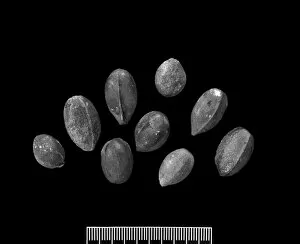Seed Fern Collection
"Exploring the Ancient World: Unveiling the Enigmatic Seed Fern" Step into a prehistoric realm where ancient flora reigns supreme
For sale as Licensed Images
Choose your image, Select your licence and Download the media
"Exploring the Ancient World: Unveiling the Enigmatic Seed Fern" Step into a prehistoric realm where ancient flora reigns supreme, as we delve into the captivating world of seed ferns. These remarkable plants, such as Mariopteris muricata and Glossopteris indica, hold secrets from Earth's distant past that continue to intrigue scientists and nature enthusiasts alike. Amongst the icy landscapes of Antarctica, fossilized leaves like Glossopteris indica offer glimpses into an era long gone. Their delicate imprints tell tales of a time when this region was teeming with lush vegetation, providing vital clues about our planet's evolution. Intriguingly, Neuropteris gigantea emerges as a prominent figure in this botanical narrative. As a Pteridosperm or "seed fern, " it showcases unique characteristics that bridge the gap between ferns and gymnosperms. Its existence challenges conventional classifications and adds complexity to our understanding of plant evolution. The Alethopteris lonchitica takes center stage among seed fern fossils with its distinctive features preserved in stone. These remnants provide invaluable insights into their reproductive structures and growth patterns—windows through which we can glimpse ancient ecosystems frozen in time. Fossil leaves belonging to Neuropteris further enrich our knowledge by showcasing intricate details of these once-thriving species. The preservation of these fragile tissues is nothing short of miraculous—a testament to the wonders hidden within Earth's geological archives. Glossopteris leaf fossils stand as silent witnesses to an era dominated by these enigmatic plants. Their widespread distribution across continents offers evidence for continental drift while raising questions about how they adapted to diverse environments over millions of years. Marvel at Alethopteris seed fern fossils C018 / 9379 and C018 / 9380—testimonies etched in stone that allow us to peer back through eons of time.

